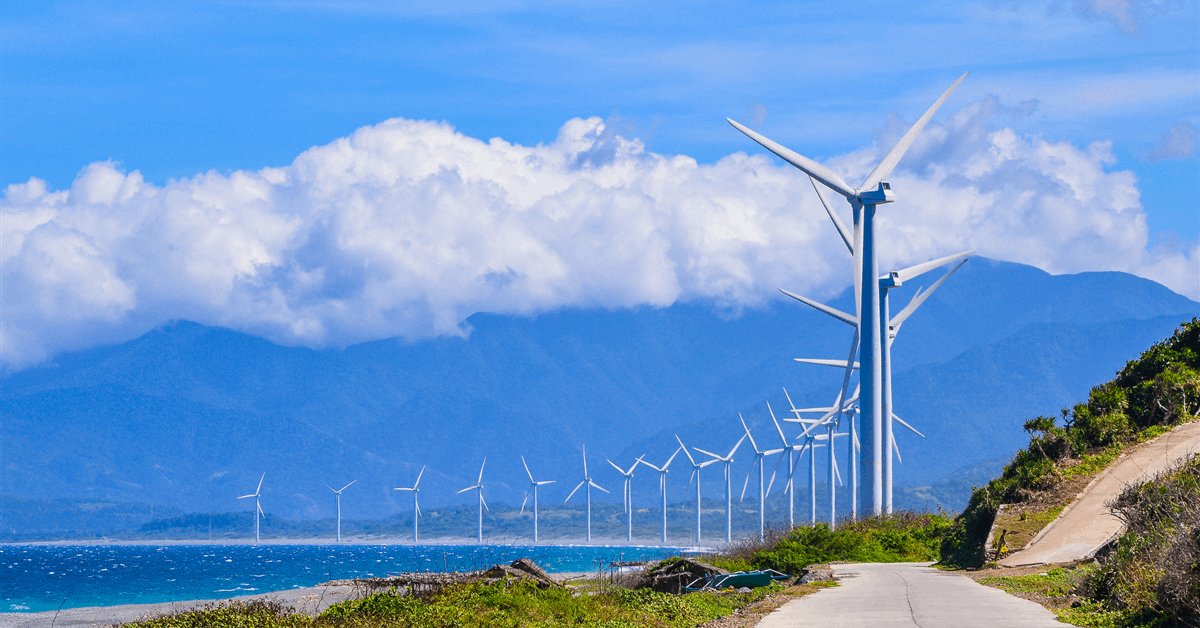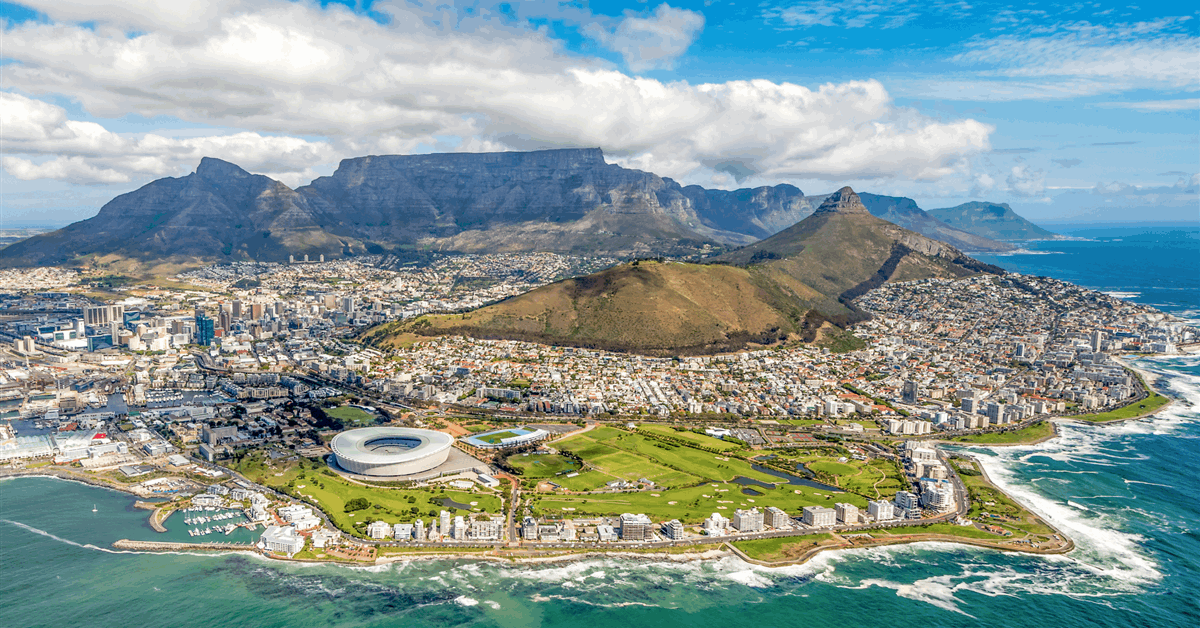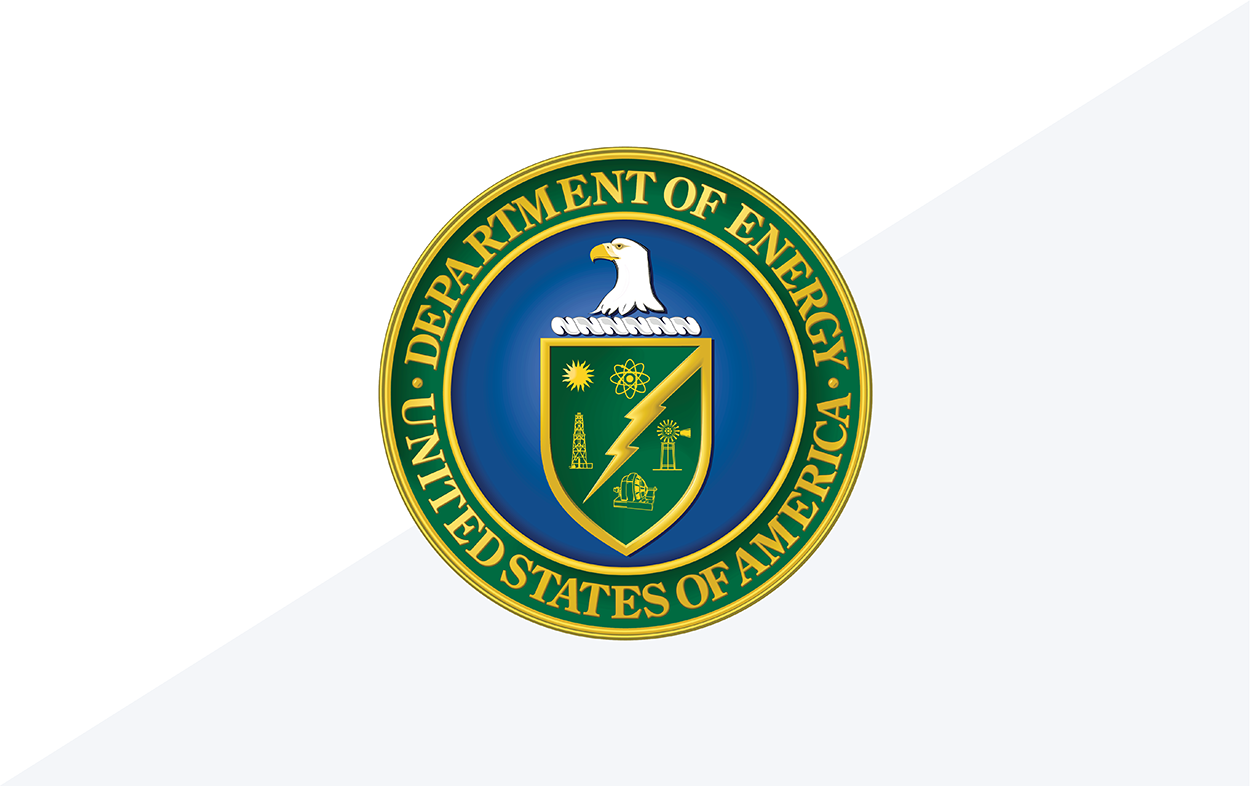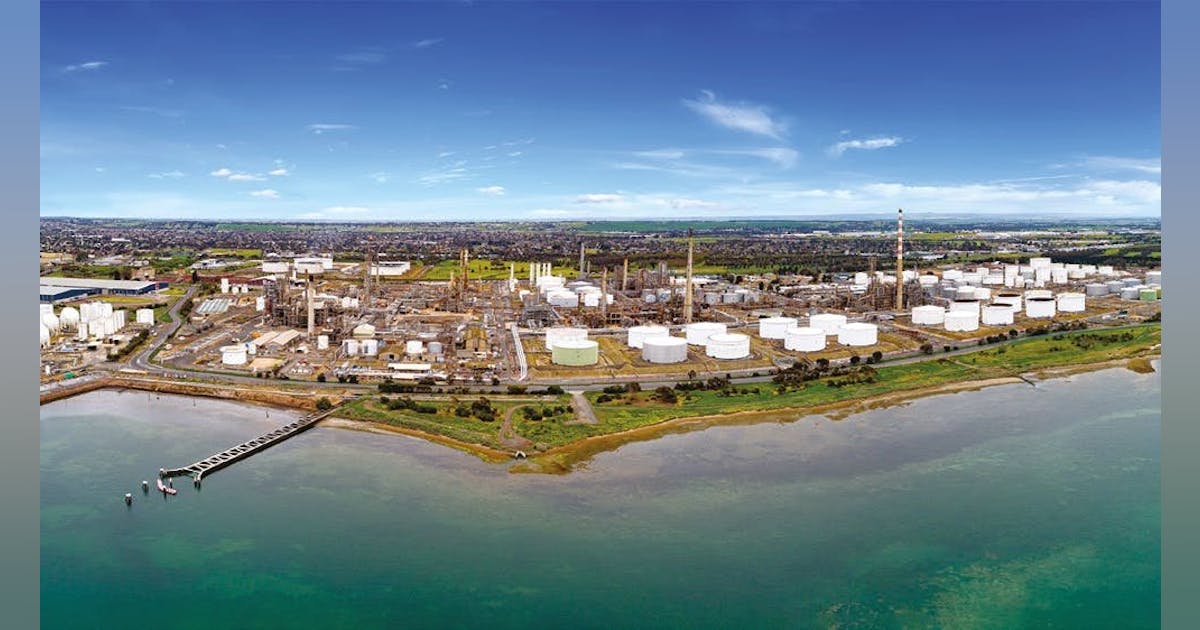
The Philippines has secured an $800-million loan from the World Bank to widen the country’s adoption of renewable energy (RE), bolster its electricity market and improve its water utility management.
“Investing in energy transition by focusing on local renewable energy (RE) sources, energy efficiency, and other clean energy sources can help lower electricity generation costs while increasing energy security”, the Washington, DC-based lender said in an online statement. “Expanding the proportion of consumers that can choose their electricity supplier and improving the framework for competitive procurement of renewable energy will contribute to lowering electricity prices by increasing competition in the sector”.
The $800 million will be deployed in a “programmatic series of two development policy loans (DPLs) to support energy transition and climate resilience reforms”.
In the “Philippines First Energy Transition and Climate Resilience Development Policy Loan”, the first operation of the $800 million, disbursement will go to helping strengthen regulations to promote the adoption of renewables in the coal-reliant Southeast Asian nation.
According to the latest power statistics report from the Philippine Department of Energy (DOE), coal remained the biggest contributor to the archipelago’s generation in 2023 at 73,754 gigawatt hours (gWh). Coal, mostly imported, was followed by renewables at 26,278 gWh. Gas accounted for 16,668 gWh, while 1,304 gWh came from oil.
The first operation of the loan will also “help establish electricity market mechanisms for accelerating grid integration of variable renewable energy and improving competition in wholesale and retail electricity markets, keeping a downward pressure on electricity costs”, the World Bank says separately in a loan information page.
Additionally the first operation will “support creating an enabling environment for water financing and management that promotes the incentives and governance framework in the national and local governments for climate-resilient water supply and sanitation services”, as stated in the information page.
“These reforms in the water sector are expected to increase access to safely managed water supply and sanitation services; raise funding and financing for water and sanitation projects; and improve the financial sustainability of local government-run water service providers”, Maria Fiorella Fabella, World Bank senior water supply and sanitation specialist, commented in the World Bank statement. “Ultimately, the DPL, a first for the Philippine water sector, is a move toward more effective coordination, planning and management across sectors and levels of government”.
The loan’s first operation “is expected to increase the share of renewable energy in installed generation capacity from 30 percent in 2023 to 42 percent by 2027; support the procurement of 1,000 megawatts of new offshore wind capacity; and implement energy efficiency measures saving 5 GWh annually”, said the World Bank statement.
“Electrification of public sector vehicles and improved electricity market reforms will further decarbonize the grid.
“By strengthening RE markets, and unlocking private sector investments, the program will contribute to scalable, transformative impact beyond 2030, placing the Philippines on a sustainable trajectory”.
The DOE has set an “Energy Transition Pathway” that involves raising the share of renewables in the power mix to 35 percent by 2030 and 50 percent by 2040.
The roadmap also aims for 10 percent energy savings on oil products and electricity between 2040 and 2050; a 50 percent electric vehicle penetration rate in road transport by 2040; and the adoption of advanced and smart grid technologies. The roadmap is spelled out in the DOE’s “Philippine Energy Plan 2023-50”.
“The Philippines has one of the most dynamic economies in the East Asia and Pacific region”, the World Bank noted. “While the economy has rebounded from the disruptions of the COVID-19 pandemic, it faces considerable risks and challenges to long-term growth and prosperity, including increasing dependency on imported energy, the high cost of electricity, and natural disasters”.
To contact the author, email [email protected]






















